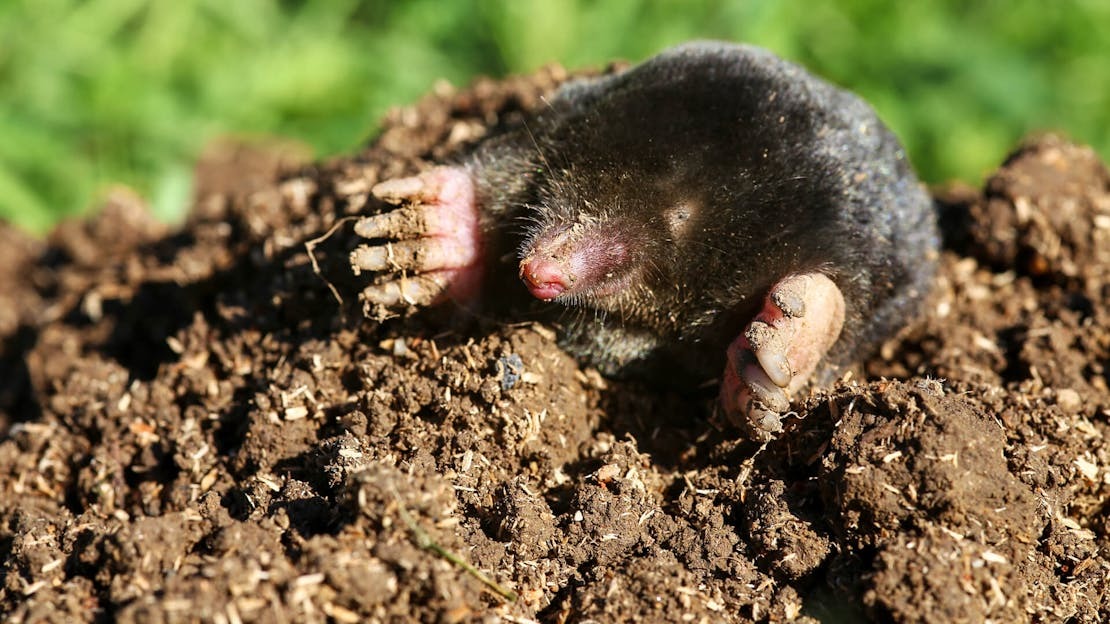
Moles
Moles, like other lawns pests can cause serious damage as they search for worms in your lawn. They are tricky to kill so you may need help in ridding the garden
Not very common in towns or housing estates but as soon as you get close to the country then a mole can be a lawns worst enemy.
If moles are a threat in your neighborhood controlling the amount of mole food in your lawn, namely worms, may go a long way to preventing one coming into your garden in the first place.
Unfortunately the mole is only guilty of doing what he/she does best; digging in search of food. They are notoriously tricky to kill and seem to take little notice of pulsating, beeping and buzzing deterrents. I’ve seen ‘mole smokes’ and biofume canisters that supposedly make the moles run inhospitable but apart from making the mole dig a new run (in the lawn once again!) I can’t see much benefit. Scissor traps are cheap, hard to set and have them work reliably and humanely - and whilst you're trying all of these your lawn is being dug up!
To be 100% sure of getting your man (or mole) without causing suffering, use either a professional service or get a tunnel trap here. The trap is supported by video tutorials and if set correctly (take your time) will catch the culprit in hours. It worked for me anyway.
Mole Hill Repair Tip:
Once you are rid of the mole repair the lawn. The mole hill soil has come from below ground and flattening it above ground just makes a bump and a mess. Get the hose pipe and gently flush the soil back down the hole from whence it came. Next tread or roll the tunnels that lie just below the surface of the lawn to help the grass re-root. By the time you’ve finished you’ll hardly notice any damage at all – perfect!